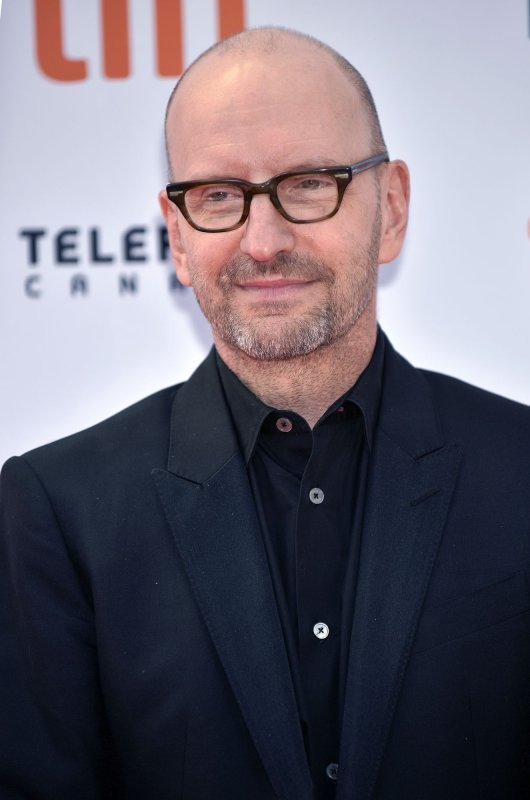Steven Soderbergh wants you to watch 'Wireless' on your phone
by Fred Topel


LOS ANGELES, Sept. 14 (UPI) -- Most filmmakers want audiences to see their work on the biggest screen possible. Steven Soderbergh actually advocates watching Wireless on your phone.
Soderbergh executive-produced the Quibi series, which uses the streaming service's unique functionality in new ways. Wireless is specifically formatted for Quibi's smartphone app.
"This is how it is designed to be seen," Soderbergh said during a recent panel discussion. "Every decision is made to optimize that experience."
Previous Quibi shows use a turnstyle format. When watching on a smartphone, the picture reformats to vertical or horizontal orientations. On Wireless, horizontal and vertical modes show entirely different pictures.
Tye Sheridan plays Andy Braddock, a young man involved in an automobile accident in a snowbank. He uses the various apps on his phone to call for help, hoping to reach someone before his battery dies.
The horizontal mode shows the film of Andy's struggle for survival. When viewers turn the phone vertically, they will see Andy's phone screen. That screen may display his GPS, or Andy' girlfriend's Instagram feed.
The vertical screens are in sync with the action in the horizontal screen. Soderbergh encourages viewers to switch back and forth to get the whole story.
"For me, it was the farthest thing from a passive viewing experience that you could imagine," Soderbergh said.
Zach Wechter and Jack Seidman wrote Wireless, and Wechter directed. They previously collaborated on the short film Pocket, which tells its entire story on the screen of a teenager's phone. The short got Soderbergh's attention.
"I hadn't seen anything produced for a phone that I felt really worked on a phone," Soderbergh said. "Zach and Jack, I felt, had created something that only could exist on the phone, and that was the best version of it."
Sheridan described Wireless as filming two shows at once. He filmed the traditional show in which he performed as Andy. Sheridan also performed for the vertical screen, perhaps typing a text message or appearing in a FaceTime video.
"It feels very personal because it's an interface that we all have -- that we all spend hours a day on," Sheridan said.
Wechter's company invented a special device to record footage for Wireless. It can record the angles from both front and rear cameras, and whatever is on the phone's screen simultaneously.
Sheridan recorded many of Andy's calls live, with costars answering his FaceTime requests in a nearby location. Sheridan said technical glitches often made it into the show.
"Sometimes, you would get some buffering or someone's feed would cut in and out," Sheridan said. "It works because it's a real phone call."
Filming those interactions simultaneously complicated the production. Wechter said it would have been more cost efficient to film each side of a scene separately. However, the director wanted the authenticity of live phone calls and chats.
"We moved mountains in production to make sure that happened," Wechter said.
Andy's circumstances are dramatic, but Wechter hopes the device through which he is telling the story is universal.
"The target audience for this show is anyone with a phone," Wechter said. "I think that if you are familiar with what it's like to get a text message or a call on FaceTime, you're going to be able to relate to this show."
At the same time, Wechter did not want to alienate any traditional audiences. One could, conceivably, just watch Wireless in a horizontal orientation and see a traditional thriller.
"At the end of the day, it was a really classically told story about a guy who's having a really terrible day," Wechter said. "There's physical action and it's a survival tale."
Still, Soderbergh believes that the potential audience of smartphone users is large. He feels it even might be greater than any single film or television series could command.
"When you make something that's designed to be watched by several billion people who have smartphones, that's potentially a really good business to be in," Soderbergh said.
Episode 1 of Wireless premieres Monday on Quibi, with new episodes every weekday.
Sign up for our Streaming newsletter
Sign Up